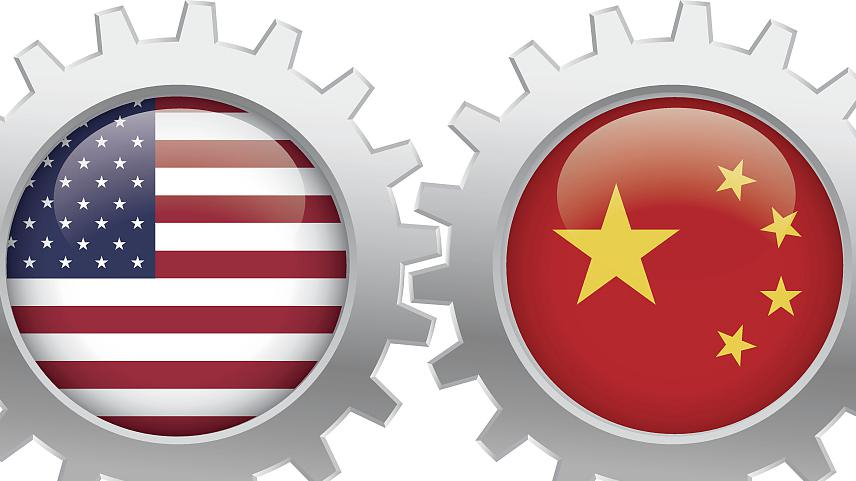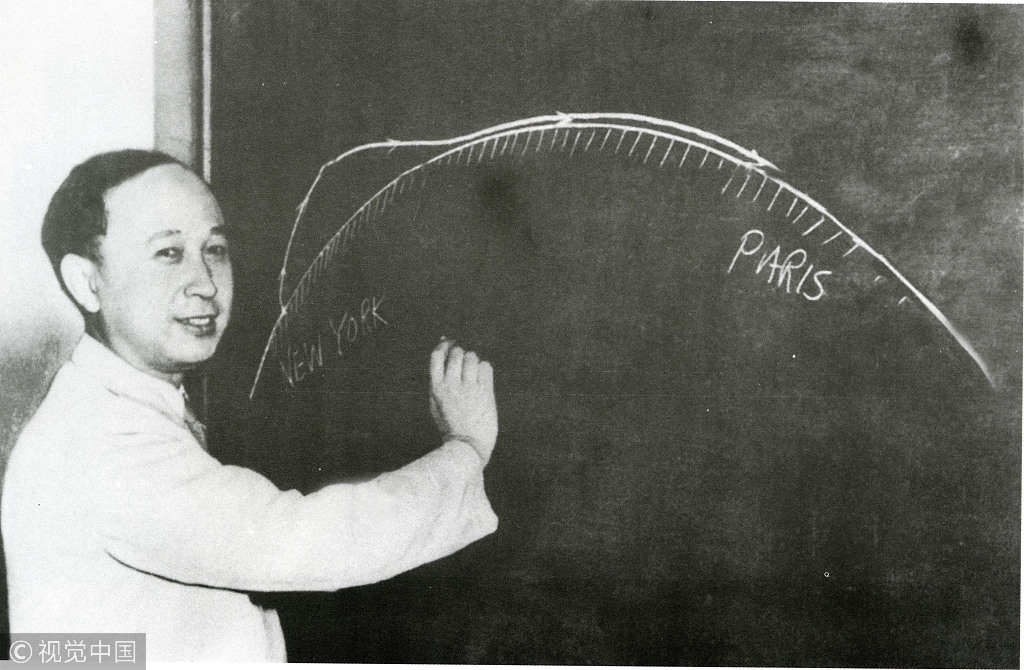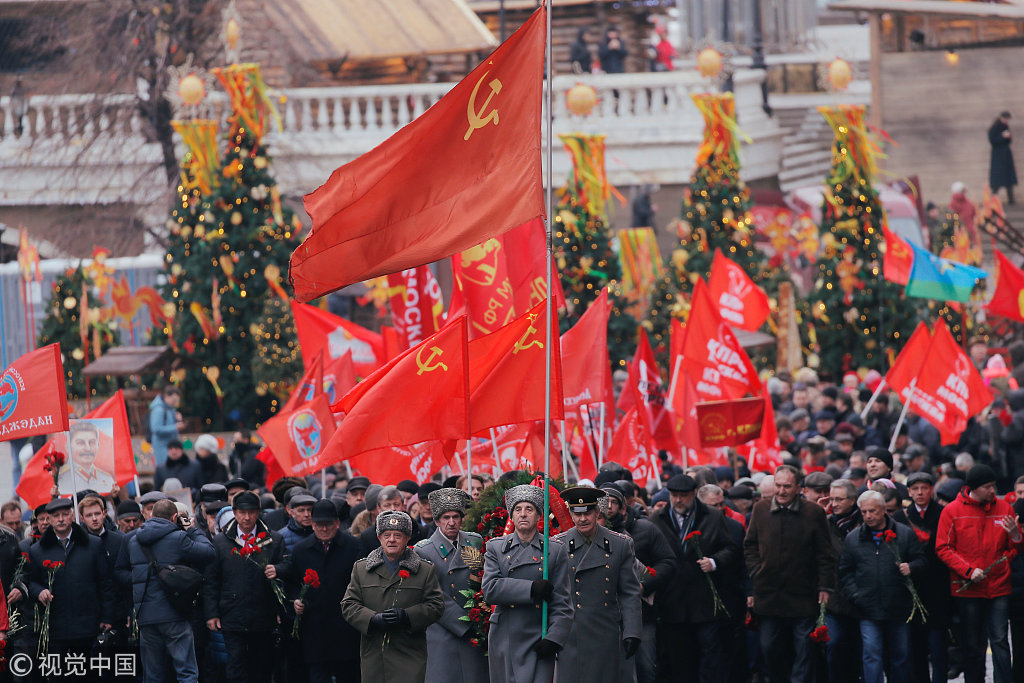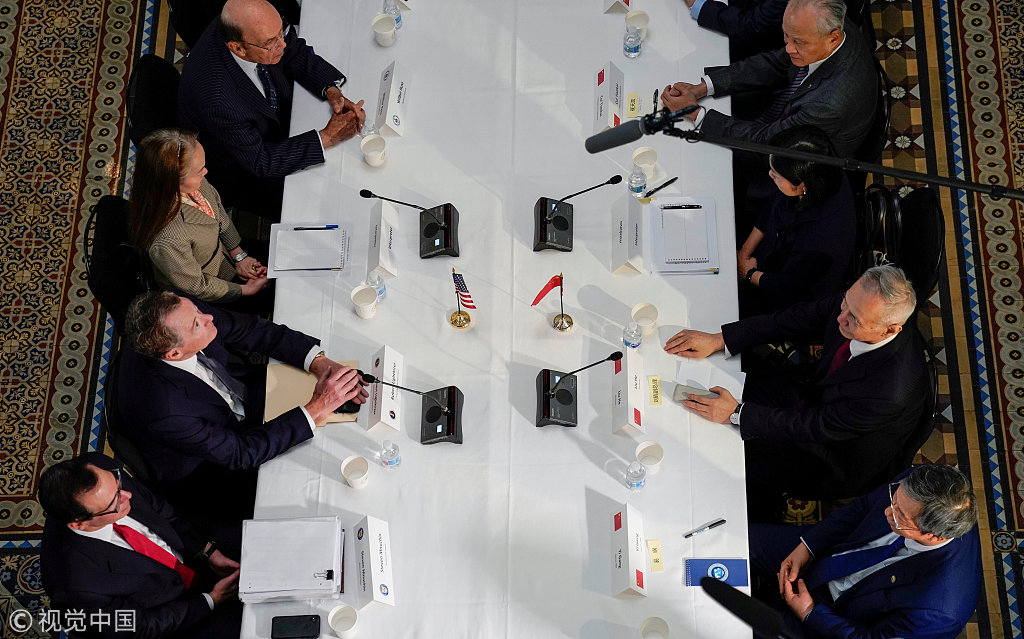
Opinion
11:22, 01-Apr-2019
Reincarnation of the 'walking dead': CPDC
Ken Moak

Editor's Note: Ken Moak, who taught economic theory, public policy and globalization at the university level for 33 years, co-authored a book titled "China's Economic Rise and Its Global Impact" in 2015. The article reflects the author's opinion, and not necessarily the views of CGTN.
The inauguration of the Committee on the Present Danger: China (CPDC) is the fourth reincarnation, the "walking dead" of U.S. neoconservatism. Its purpose is to "educate and hold public debates" on China's "existential threat" to America.
But like its predecessors, the CPDC is for looking for the Holy Grail, an enemy that exists only in the minds of the anti-China crowd.
The first CPD was formed in 1950 to support Harry Truman's remilitarization plan to contain communist expansion and stamp out "communist infiltration" in the United States. It was formed in the midst of McCarthyism (1949-1954) and the Korean War (1950- 1953), spreading the "Red Scare" rhetoric to justify the "communist witch hunt."
Whether the CPD had a hand in the witch hunt is unclear, but a brilliant Chinese-American rocket scientist by the name of Qian Xuesen was caught in the middle, accusing him of being a "communist" or a "sympathizer" for no reason other than accompanying a friend to a party meeting.
For that, Qian was stripped of his security classification, barred from his work and incarcerated until a deal was made to return him and his family to China, culminating in the country leapfrogging military technology.

A portrait of Qian Xuesen. /VCG Photo
A portrait of Qian Xuesen. /VCG Photo
The committee "died" in 1953, some of the members went on to serve in the Dwight D. Eisenhower administration and others held high positions in the academic and business communities, suggesting that neoconservatism is deeply embedded in the U.S. policy establishments.
For example, its chairman was James B. Conant, president of Harvard University and America's first ambassador to West Germany.
Sure enough, the CPD revived in 1976 to deal with the Soviet Union, labeling it as a "dangerous threat" to the U.S. and its liberal democratic values. CPD II propaganda worked, influencing the government to spend a huge amount of money on national defense.
Members of CPD II included the who's who in American government, business and social circles, of whom one of the most and influential and powerful was Ronald Reagan who went on to become U.S. president in 1981.
He was "tough" on the Soviet Union, calling it an "Evil Empire" and proposed the Strategic Defense Initiative or Star Wars, building satellites and land-based missiles to knock down incoming Soviet or other nations' missiles.
However, Reagan made a U-turn, calling for the elimination of all nuclear weapons and advocating the destruction of all nuclear weapons in 1985. With each side possessing over 6,000 nuclear weapons, any military conflict could lead to mutually assured destruction.
The fact of the matter was that there was never any "Soviet threat" and with its implosion in 1991, the CPD II "died" in 1992, culminating in making America the sole global superpower.
Russia became an economic basket case and China was nowhere near a "peer power," economically or militarily.

People attend a ceremony marking the 66th anniversary of Soviet leader Joseph Stalin's death in Red Square in Moscow, Russia, March 5, 2019. /VCG Photo
People attend a ceremony marking the 66th anniversary of Soviet leader Joseph Stalin's death in Red Square in Moscow, Russia, March 5, 2019. /VCG Photo
The destruction of the World Trade Center towers in 2001 and subsequent "terrorist acts" that killed over 3,000 people might be responsible for the CPD came back from the dead for a third time in 2004 in support of the "War on Terrorism."
However, the third reincarnation did not gain much traction or policy influence due to internal bickering between members. Perhaps because of the committee's racially-charged rhetoric, the U.S. political, corporate and other establishments largely shunned it.
That said, the CPD seems to have more reincarnations than Tibet's Dalai Lama, came back from the "dead" for the fourth time in March 2019, renaming it the Committee of Present Danger: China (CPDC).
Members included America's most staunch but well-known anti-communist China hawks: Steve Bannon, one-time Donald Trump's chief political strategist, former Reagan adviser Frank Gaffney, former CIA director James R. Woolsey, and others.
CPDC accused China of a host of "threatening" stances or "crimes," including expanding military power, strengthening nuclear capability, stealing U.S. technology, suppressing human and religious rights, influencing universities and corporations, and initiating "chemical warfare" by virtue of being the main source of fentanyl.
Based on these charges, the committee argued that China represents an "existential and ideological threat" to the U.S. and democracy. It sees itself as America's "savior," planning to hold debates and "educate" the public on the danger that China presents.
However, calling China an "existential threat" is really the pot calling the kettle black. China, for example, possesses only a fraction of America's weapons and one overseas military base, compared to the U.S.' over 800 some of which are surrounding China. It could be argued that it is the U.S. that threatens China.

Chinese and U.S. trade representatives negotiate at the White House in Washington, U.S., February 21, 2019. /VCG Photo
Chinese and U.S. trade representatives negotiate at the White House in Washington, U.S., February 21, 2019. /VCG Photo
Moreover, the "China threat" is the U.S.' own making, a propaganda stance meant to garner public support for huge spending on the military. Using "China threat" as an excuse, former president Barack Obama mounted the "pivot" to Asia policy earmarked 1.3 trillion U.S. dollars on upgrading its nuclear arsenal. Donald Trump named China and Russia as an "imminent threat" to the U.S. in his National Strategic Policy.
Moreover, accusing China of "initiating chemical warfare" by exporting fentanyl to the U.S. is grossly unfair. It was criminals that sold the deadly products to the U.S. drug dealers.
Using the CPDC argument, the U.S. is far more dangerous and threatening to the world with its arms sales and regime change policies because they were official American policies.
Representing the who's who in the U.S. government, corporate and academic establishments, the "walking dead" is highly influential over U.S. foreign policies.
For example, the U.S. Congress has stepped up its anti-China rhetoric, threatening to oppose any deal to end the trade war without total Chinese capitulation to U.S. demands of China surrendering its sovereignty.
That is, the neoconservative committee and its allies in the Congress and Trump's administration will not allow any country that could supplant American global dominance. For this, China can expect harsher U.S. treatment.
(If you want to contribute and have specific expertise, please contact us at opinions@cgtn.com.)

SITEMAP
Copyright © 2018 CGTN. Beijing ICP prepared NO.16065310-3
Copyright © 2018 CGTN. Beijing ICP prepared NO.16065310-3